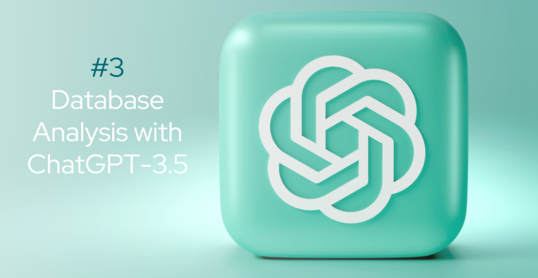Datum
04.11.2024
content.autor.writtenBy
In the last article, I highlighted the special methodology of the project. The focus was always on close cooperation with the sustainability experts at delta pronatura, in which we concentrated on their technical analysis and reporting requirements. In contrast to traditional IT projects, the focus here was less on discussing technical functions and more on achieving the greatest possible added value in sustainability reporting.
Iterative process during implementation
Although the technical requirements were documented at an early stage, the final coordination of the “Master Data Matrix” proved to be more complex than expected. Internal coordination led to constant further development of the documentation and new dependencies had to be clarified time and again. This required a repeated revision of hierarchies and structures for “Locations”, “Accounts”, “Account Styles”, “Data Types” and “Data Type Categories” within Envizi until the final configuration plan could finally be submitted for approval. We were able to complete this task at the beginning of August and Envizi was finally configured by IBM's technical experts.
Insight 1: Clear communication and a comprehensive understanding of Envizi terminology within the project team were crucial for success.
- “Locations": We define hierarchies and their impact on reporting and analyses, e.g. company structure, geographical structures, product lines, but also artificial reporting structures
- “Accounts”, ‘Account Styles’, ‘Data Types’ and ‘Data Type Categories’: We specify data points to be stored, including the assignment to scopes according to GHG.
- “Emission Factors": Envizi provides an extensive set of predefined emission factors in its application, which can be used to convert the entries into CO²
equivalents, for example, but not for EVERY use case. At delta pronatura, the inclusion of “custom managed factors” is relevant for the ingredients of cleaning agents. In practice, it is not easy to obtain the necessary information.
Envizi offers a variety of predefined options that have to be selected individually.
Challenges of data integration in Envizi
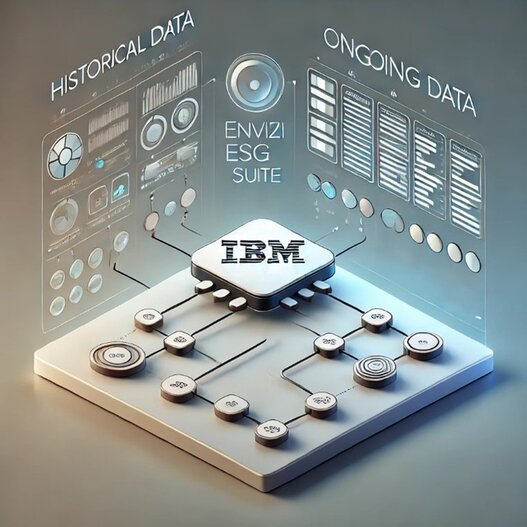
Parallel to the configuration, we prepared the integration of the data sources for Envizi, distinguishing between historical data (“Historical Data Load”) and ongoing data (“Ongoing Data Load”). Historical data was to be collected and imported in a defined format, while ongoing data was to be provided continuously via interfaces. The biggest challenge lay in coordinating the origin and format of the data, as many sources were difficult to access or did not meet the requirements of the new system. Some data had to be laboriously entered or reformatted manually. In order to reduce the effort involved, it was decided in advance to dispense with automated interfaces for the time being.
Despite close cooperation with the specialist departments at delta pronatura, we were unable to obtain all the necessary data from various countries and departments by the time the project was completed. Particularly in the case of more complex data structures, machine support was required to convert the data into the appropriate format. These difficulties ultimately led to delays, so we had to postpone the completion of the system until mid-September.
Insight 2: Clear deadlines and agreements between the entire project team are crucial to minimizing delays and completing the project on time.
Project plan for handover and training
Parallel to the data integration, we carried out training for administrators and end users according to a project plan defined with tasks and templates. This training enabled the delta pronatura team to handle the remaining data deliveries independently. The official handover of the system finally took place on September 25, 2024. In addition to the technical handover, we took all the necessary measures to ensure support from the IBM helpdesk.
All the key findings at a glance:
Knowledge transfer and communication
Realistic planning and documentation
Constant team composition
We conclude our ESG diary with these findings. If you have any questions about Envizi or other ESG topics, please do not hesitate to contact me!

Sustainability
Learn more
ESG Diary | Knowledge Transfer & Communication | Part 2

ESG Diary | Implementation of Envizi ESG Suite |Part 1

Enterprise Content Management (ECM) & Archiving
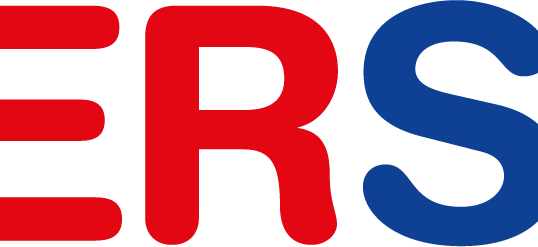
License and software consulting from a single source

8 tips for developing AI assistants
N-ERGIE bypasses costly IBM audits with IASP program
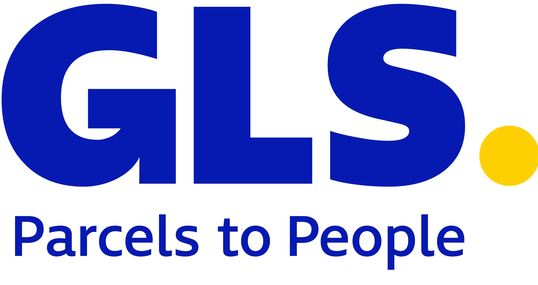
Support for IBM software licenses and ILMT for GLS

Common Mistakes in the Development of AI Assistants
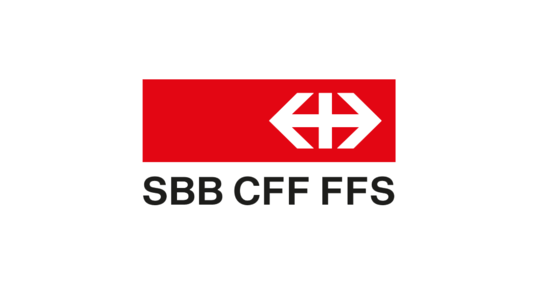
Interactive stock map for Schweizerischen Bundesbahnen
Managed service support for central platform stability

Heras: Microsoft cost savings despite price increase
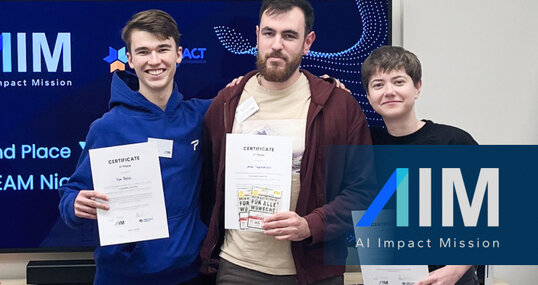
Second Place - AIM Hackathon 2024: Trustpilot for ESG
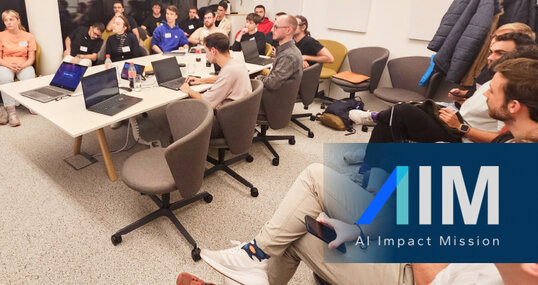
AIM Hackathon 2024: Sustainability Meets LLMs
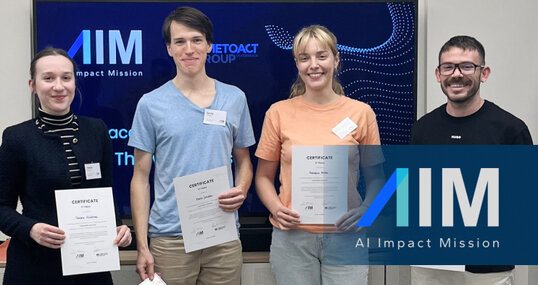
Third Place - AIM Hackathon 2024: The Venturers
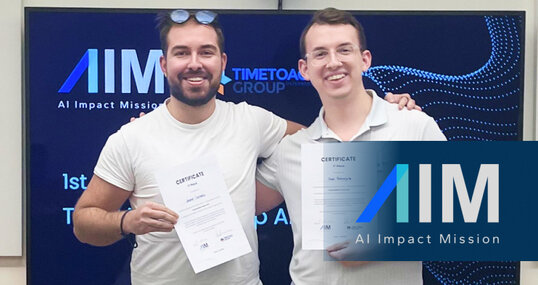
SAM Wins First Prize at AIM Hackathon

License Management – Everything you need to know
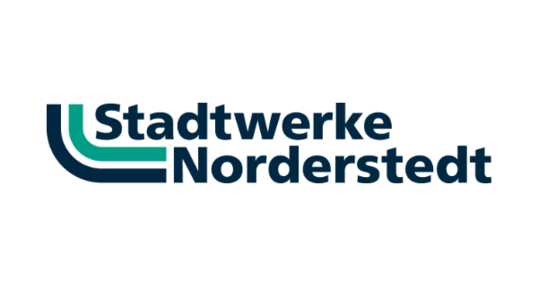
Talend migration in record time

Digitized processes increase efficiency
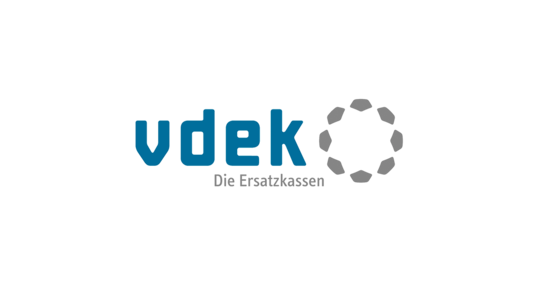
vdek introduces new Data Warehouse solution
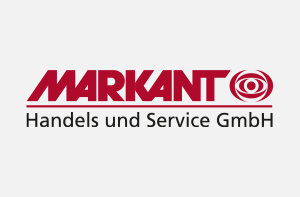
Custom licensing
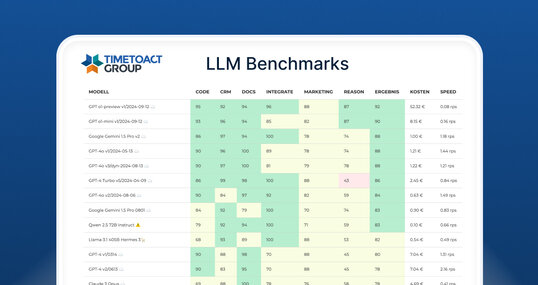
ChatGPT & Co: LLM Benchmarks for September
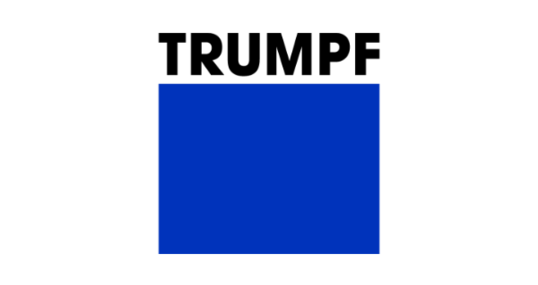
Standardized data management creates basis for reporting
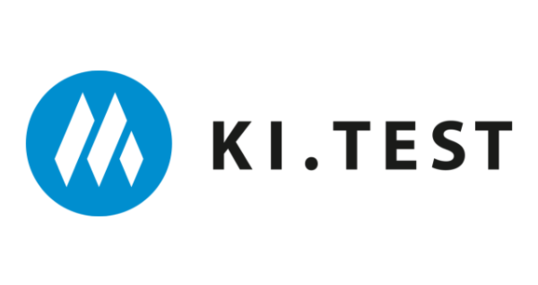
Interactive online portal identifies suitable employees

Central Capacity Management for Sunrise
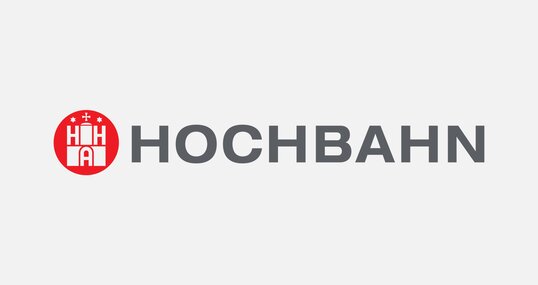
Introduction of Jira to Hamburger Hochbahn
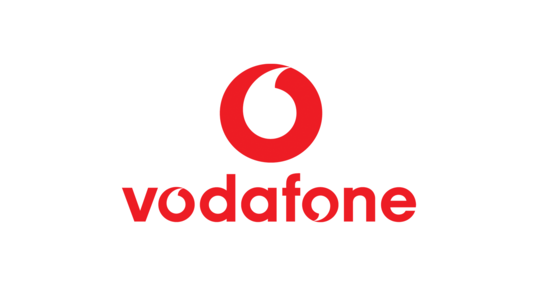
Broadband cable monitoring at Kabel Deutschland

Central service monitoring at Vodafone
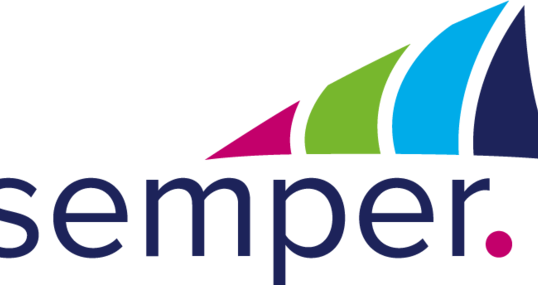
Semper uses TIMETOACT Vacation Manager as SaaS
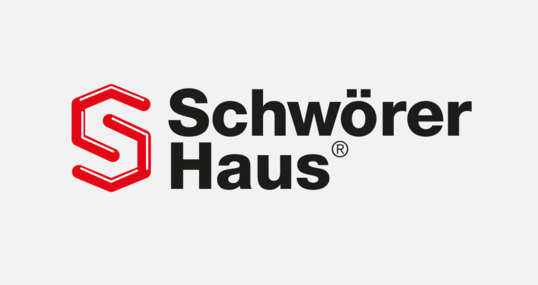
The digital customer file with IBM Content Manager

Automation lays the foundation for smooth archive changeover
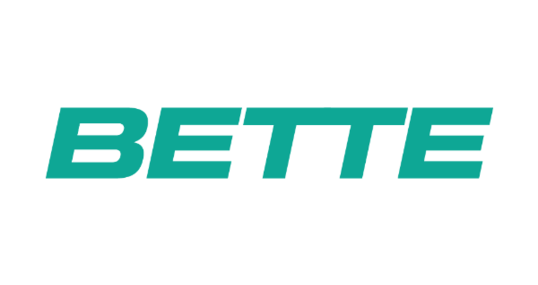
TIMETOACT simplifies reporting in IBM Cognos

Reference story Media Broadcast: Always on Reception
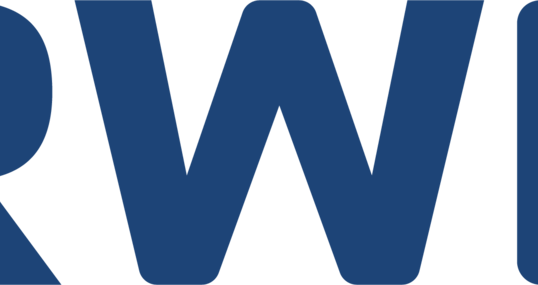
24/7 support guarantees stable operation of the intranet
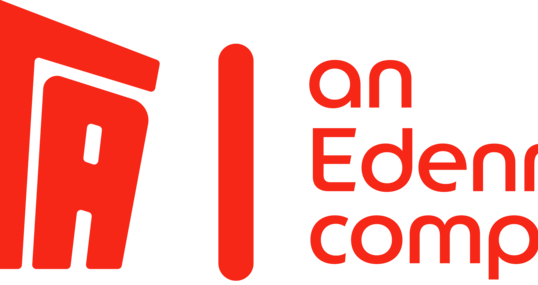
Mix of IASP & ILMT support for optimal license management
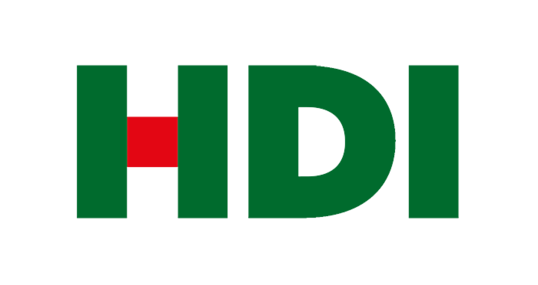
Less risk and cost for HDI with ISO/IEC 19770-1

Onboarding solution of TIMETOACT

HOCHBAHN Managed Services

Managing sensitive data through digital personnel files

edcom supports Stadtreinigung Hamburg
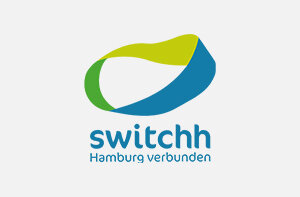
Smarter mobility with the portal switchh

Continuous license support pays off
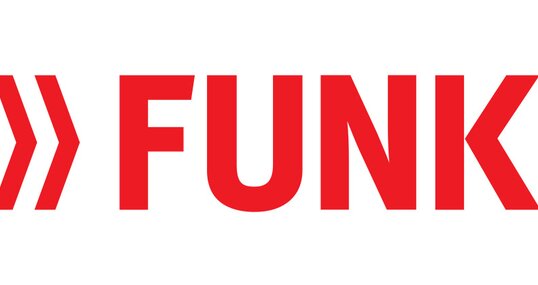
Managed service support for optimal license management
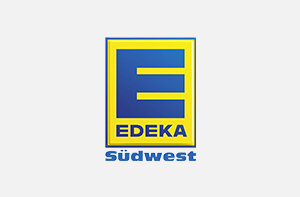
Electronic archiving system at EDEKA Südwest
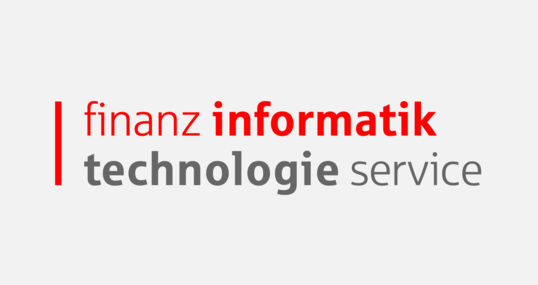
Recertification solution of FI-TS

Dresscode and eBagTag - Customized protective clothing
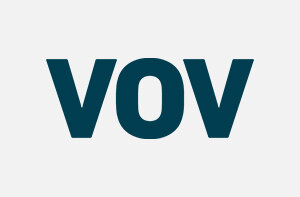
TIMETOACT implements integrated insurance software

Flexibility in the data evaluation of a theme park

Part 2: Detecting Truck Parking Lots on Satellite Images

Building a micro frontend consuming a design system | Part 3

Operationalization of Data Science (MLOps)

Part 1: TIMETOACT Logistics Hackathon - Behind the Scenes

Introduction to Functional Programming in F# – Part 3

Introduction to Web Programming in F# with Giraffe – Part 3

So, I wrote a book

Part 2: Data Analysis with powerful Python

Automated Planning of Transport Routes

Open-sourcing 4 solutions from the Enterprise RAG Challenge

IBM Cloud Pak for Data Accelerator

Part 1: Data Analysis with ChatGPT

Introduction to Functional Programming in F# – Part 4

Introduction to Web Programming in F# with Giraffe – Part 2

License and contract optimization

Innovation Incubator Round 1
